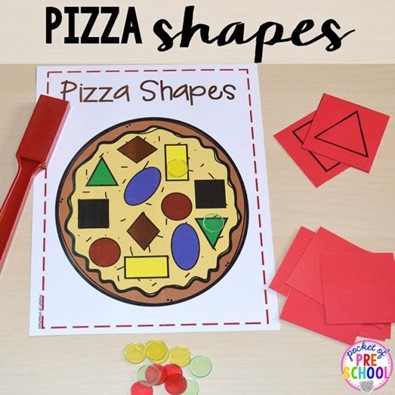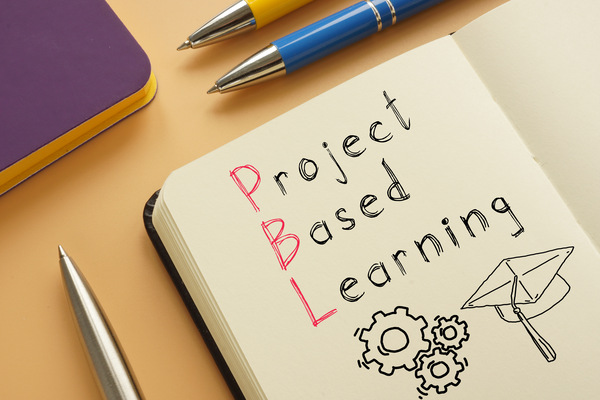Strategies for Advancing Teaching Skills in Professional Educators
Teachers are not simply instructors but lifelong learners themselves. To keep up with growth in education, they must continually refine and expand their teaching skills. This commitment to professional growth not only enhances their own expertise but also significantly improves the learning experiences of their students.
Whether it’s mastering the latest technological tools, exploring new pedagogical theories, or understanding diverse cultural backgrounds, the journey of a professional educator is filled with endless opportunities for development.
Advancing Teaching Skills in Educators
For educators looking to take their teaching to the next level, numerous strategies can facilitate this growth. These methods range from engaging with digital courses and attending enlightening workshops to participating in mentorship programs and seeking feedback directly from their students.
Each approach offers unique benefits and can be tailored to meet individual professional needs and circumstances. In this article, we explore ten practical strategies that can help professional educators enhance their teaching skills, ensuring they remain effective, motivated, and responsive to the needs of their students. By adopting these practices, teachers not only better themselves but also make a lasting impact on their educational communities.
1. Incorporating Professional Development
Professional educators often find themselves in need of updating their skills or acquiring new ones to keep up with evolving educational standards and practices. Incorporating online learning into their professional development is an effective way to achieve this. Online courses, particularly those leading to a teaching degree or certifications, provide flexibility, allowing educators to learn at their own pace and on their own schedule.
For example, pursuing a teaching degree online can open up new avenues for instructional techniques and classroom management. These courses cover a vast range of topics, from innovative teaching methods to special education, thereby catering to a wide array of interests and professional needs. This method of professional development not only enriches an educator’s knowledge but also enhances their teaching repertoire, making it a valuable tool for anyone looking to advance their teaching career.
2. Collaborative Learning and Peer Observations
Collaborative learning and peer observations are vital for educators seeking to refine their teaching strategies. By engaging in peer observation, teachers can gain insights into different classroom management styles and teaching techniques.
This process typically involves observing a peer’s class and providing constructive feedback, as well as receiving feedback on their own teaching methods. Such interactions promote a culture of openness and continuous improvement among faculty members.
3. Utilizing Technology in the Classroom
With technology playing an increasingly significant role in education, it’s crucial for teachers to integrate new tools into their classrooms to enhance educational delivery and engage students. From using interactive whiteboards and tablets to employing educational apps and online resources, technology can make learning more interactive and accessible.
Furthermore, teachers should strive to keep themselves updated with the latest technological advancements and understand how to apply them effectively within their teaching practices.
4. Attending Workshops and Conferences
Attending workshops and conferences is another excellent strategy for educators to advance their teaching skills. These events provide unique opportunities to learn from leading experts in the field and to stay current with the latest educational research and best practices.
Workshops can offer intensive, practical training in specific areas such as conflict resolution, special needs education, or innovative instructional techniques. Conferences, on the other hand, allow educators to broaden their understanding of educational trends and network with peers from various backgrounds.
5. Pursuing Higher Education
For educators who are serious about advancing in their careers, pursuing higher education can be a transformative step. Higher education not only provides deeper knowledge and specialized skills but also enhances an educator’s credibility and teaching capacity. Programs are available in areas such as educational leadership, curriculum design, and educational psychology, among others.
By pursuing further education, teachers not only benefit themselves but also bring added value to their classrooms and schools, fostering an environment where academic excellence and professional growth go hand in hand.

6. Engaging with Professional Learning Communities
Professional Learning Communities (PLCs) offer a structured approach to sharing expertise and enhancing teaching practices through collaborative learning. By joining these communities, educators can tap into a wealth of shared knowledge and resources that are often not available within their immediate working environment. PLCs focus on solving common educational problems, developing new teaching strategies, and discussing what works in the classroom.
This collective approach to problem-solving not only fosters professional development but also creates a support network that educators can rely on.
7. Reflective Practice and Journaling
Reflective practice is an essential part of a teacher’s professional growth. It involves critically assessing one’s own teaching methods and student responses to improve both classroom delivery and learning outcomes. Keeping a journal is a practical approach to this reflective practice. Educators can record daily or weekly observations, thoughts, and feelings about their teaching experiences. Over time, this journal becomes a valuable resource for identifying successful strategies and areas needing improvement.
8. Mentorship Programs
Participating in mentorship programs can significantly benefit both new and experienced educators. New teachers can learn from the experiences and guidance of seasoned professionals, gaining insights and advice that are crucial in the early stages of their careers.
For experienced teachers, acting as mentors allows them to refine their leadership skills and stay engaged with the latest educational strategies. Mentorship not only helps in transferring knowledge but also builds a supportive learning environment that can lead to sustained educational improvement and a more cohesive school culture.
9. Developing Cultural Competence
In today’s diverse educational environments, developing cultural competence is increasingly important. Educators must understand and appreciate the cultural backgrounds of their students to create inclusive learning experiences that respect and integrate diverse perspectives. Training sessions, workshops, and immersion experiences can help teachers develop the skills needed to effectively communicate and engage with students from different cultural backgrounds. This understanding can greatly enhance the educational experience by making lessons more relevant and accessible to all students, fostering a classroom environment that values diversity and promotes equality.
10. Regular Feedback from Students
Soliciting regular student feedback is a direct and effective method for educators to assess and improve their teaching methods. Students can provide unique insights into what teaching approaches work best for them, which can be instrumental in adapting lesson plans and interaction styles. Teachers can implement regular, anonymous surveys or feedback sessions that encourage honest and constructive criticism. This feedback is invaluable as it not only helps teachers become more responsive to their student’s needs but also fosters a learning environment where students feel valued and understood.
Conclusion
Advancing teaching skills is a dynamic and continuous process essential for professional educators committed to excellence in education. By incorporating strategies such as online learning, engaging in peer collaboration, leveraging technology, attending professional development events, and pursuing higher education, teachers can significantly enhance their capabilities and impact.
Additionally, engaging with professional learning communities, practicing reflective journaling, participating in mentorship programs, developing cultural competence, and seeking regular feedback from students are all practices that contribute to a well-rounded and effective teaching career.













